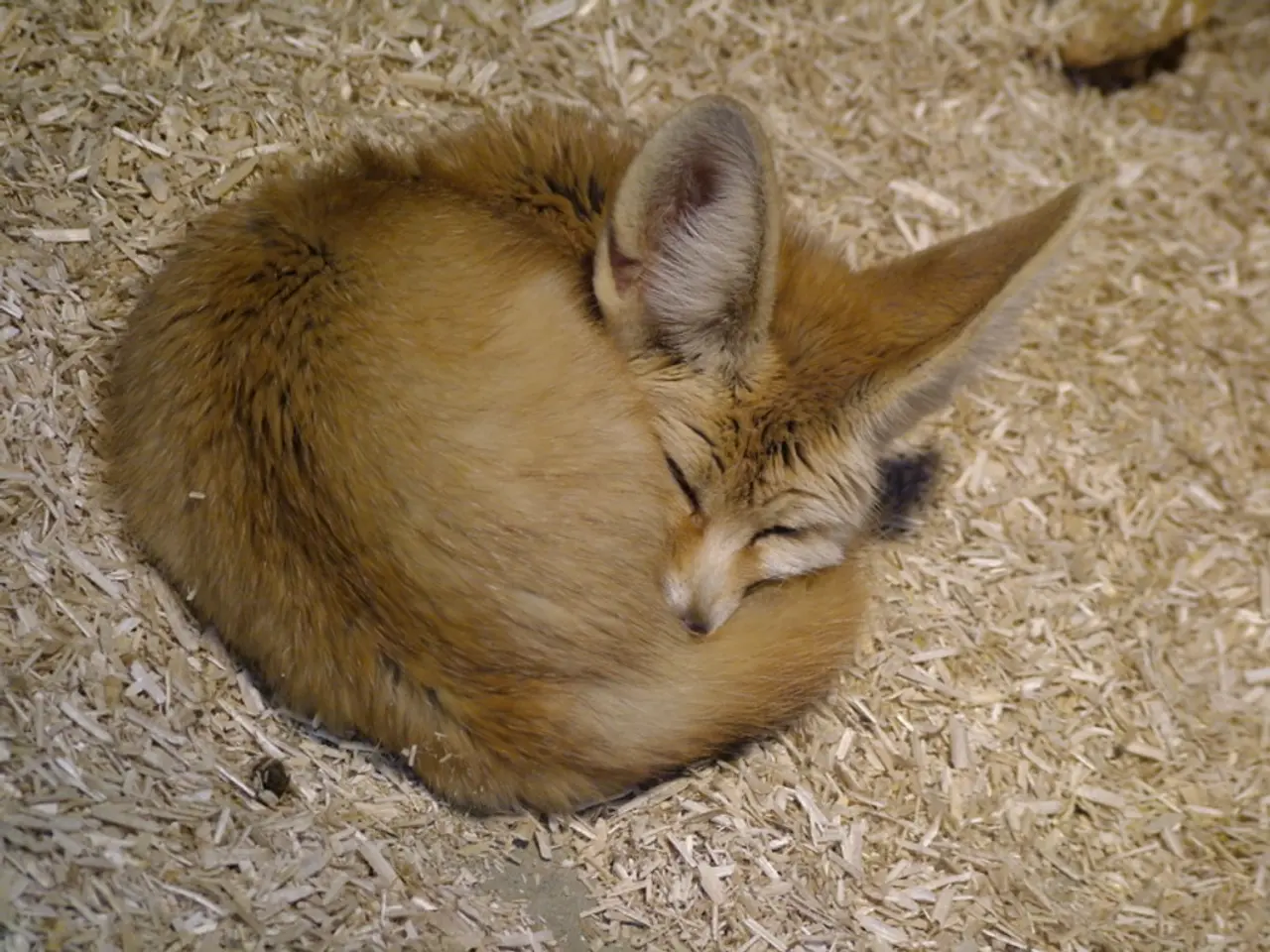Visitors to Harz making potentially hazardous errors - Potential risk identified
In the picturesque Harz region of Germany, a popular holiday destination known for its untouched natural landscapes and unique architecture, a forester and spokesperson for the Lower Saxony State Forest, Mathias Aßmann, has issued a warning against feeding wildlife, particularly foxes.
Recently, an incident involving a vacationer feeding a fox in a vacation complex sparked emotions among animal lovers, raising concerns about the treatment of wildlife in the Harz. Aßmann urges against such actions, citing potential dangers and negative impacts on both the animals and humans.
Feeding foxes can lead to habituation, causing them to lose their natural fear of humans. This habituation makes them more likely to approach people, potentially leading to conflicts or aggression. Dependence on human food can also reduce their ability to hunt and survive naturally, affecting their overall health and well-being.
Moreover, feeding foxes can increase disease transmission risks. Foxes can carry various diseases and parasites, such as rabies, distemper, or tapeworms. Feeding them may increase the risk of disease transmission to pets or even humans if they are not vaccinated.
The presence of foxes in residential areas can also facilitate the spread of parasites among wild animal populations, including those that might be detrimental to endangered species like the Eurasian lynx, which shares habitats in the Harz Mountains.
Feeding foxes can alter their behavior and population dynamics, potentially leading to an increase in their population and affecting local ecosystems. The concentration of foxes in residential areas could also lead to increased pressure on local wildlife, impacting biodiversity.
Attracted by food, foxes may become more likely to dig in gardens, damage property, or raid trash cans, leading to property damage and nuisance issues. To prevent this, Aßmann advises maintaining a healthy distance from foxes for the safety of both the animals and humans.
Another concern is the risk foxes pose to domestic animals. A fed fox can become a threat to chickens, rabbits, or other domestic animals in nearby stalls. Animal owners are advised to secure their enclosures sufficiently to prevent foxes from getting through.
In conclusion, feeding foxes in residential areas of the Harz can disrupt their natural behavior, increase disease transmission risks, and impact local ecosystems negatively. It is advisable to maintain a safe distance from wildlife and not feed them to preserve the health and safety of both humans and animals. By doing so, we can ensure that the Harz remains a haven for both its human visitors and its unique wildlife.
[1] Source: https://www.nature.com/articles/s41598-020-65418-z
Maintaining a safe distance from foxes in home-and-garden settings is essential to preserve the health and well-being of both humans and pets. Feeding wildlife, such as foxes, can lead to habituation, alter their behavior, and increase disease transmission risks, potentially impacting local ecosystems and the overall lifestyle in the Harz region.




